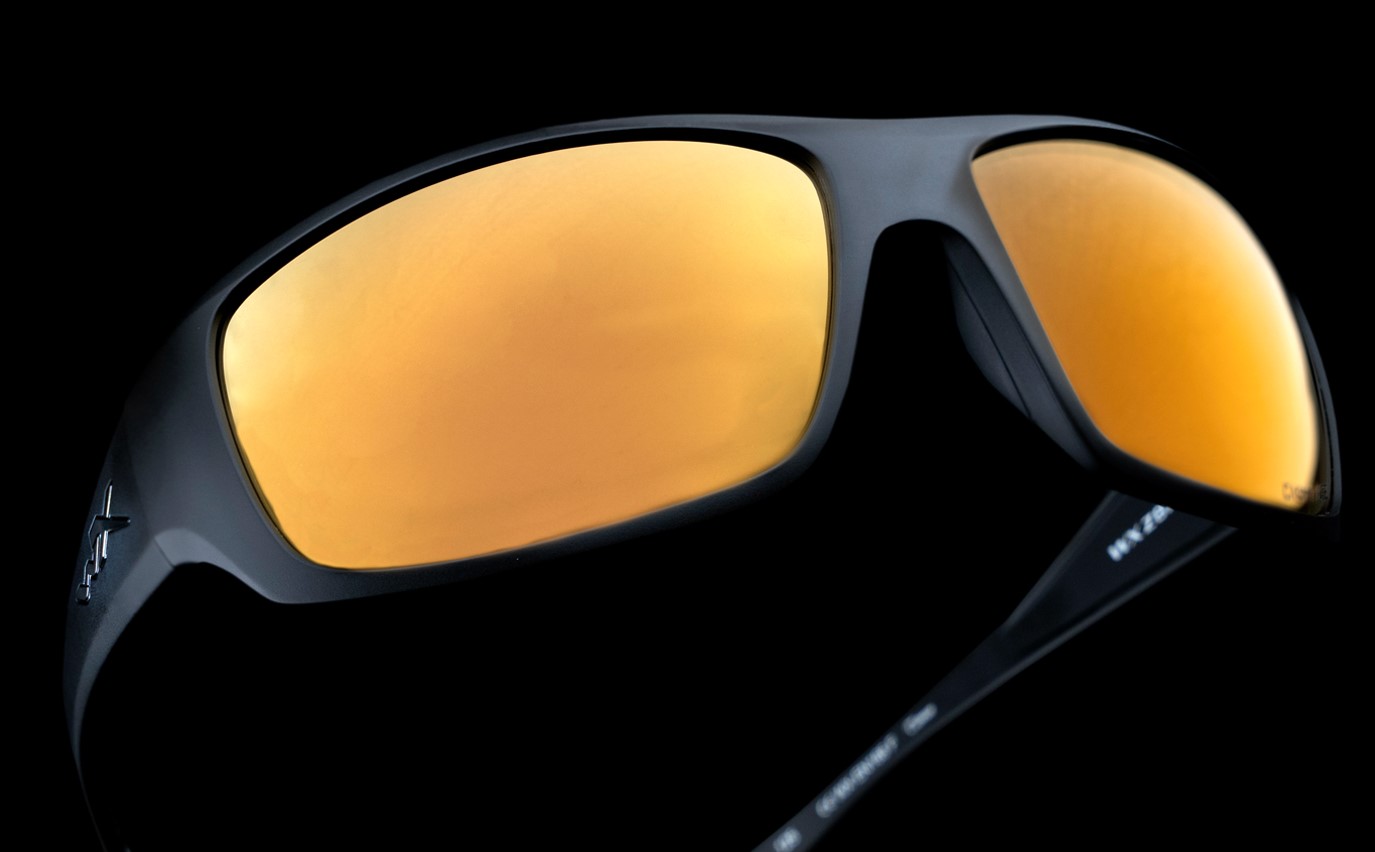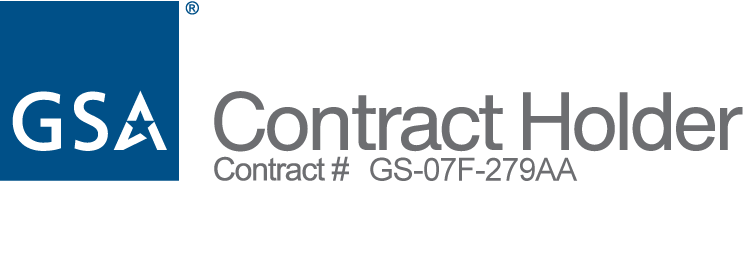Free Ground Shipping on orders over $50
Protecting Your Eyes from the Elements
Advanced eyewear technology that blocks out wind, dust, smoke and debris
The National Fire Protection Association reports that firefighters are exposed to more than more 36,000 hazardous conditions every year resulting in 4,000 eye injuries. These injuries carry a hefty price tag of $18 million per year in direct and indirect costs. Most of these injuries could have been prevented with proper protective eyewear.
Firefighters respond to a wide range of emergencies that place their eyes in high-risk situations including accidents, structural fires, wildfires, personal rescues and medical emergencies. As they respond, they encounter dangerous smoke, ash, flames, broken glass, flying debris, metal shards, falling objects, liquids and contaminants.
Long term exposure to smoke can be detrimental to overall eye health causing symptoms of redness, tearing up and burning. Those with dry eye syndrome can experience exacerbated symptoms. When opening walls and roofs or pulling ceilings, firefighters are exposed to falling debris and thick dust which can lead to injury or irritations. The use of hand tools, chainsaws and rotary saws creates the potential for high-speed shrapnel which could inflict immediate damage on unprotected eyes. Harmful UV rays become an issue when eyes are not protected with proper UVA/UVB sunglasses. Medical emergencies can expose firefighters to bloodborne pathogens, chemicals or medications which can splash into eyes and or the face area. Station-related duties are another source of potential risks especially when power tools are used to maintain, sharpen, and clean equipment.
The National Fire Protection Association reports firefighters being exposed to more than 36,000 hazardous conditions every year resulting in 4,000 eye injuries. The proper eyewear could have prevented most of these injuries. These injuries cost upwards of $18 million yearly in direct and indirect costs.
Firefighters place their eyes in high-risk situations when responding to a wide range of emergencies including accidents, structural fires, wildfires, personal rescues, and medical emergencies. As they respond, they encounter dangerous smoke, ash, flames, broken glass, flying debris, metal shards, falling objects, liquids, and contaminants.
Long term exposure to smoke can affect overall eye health causing symptoms such as burning, redness and tearing up. Those with dry eye syndrome can experience exacerbated symptoms. Falling debris and thick dust from opening walls and roofs or pulling down ceilings, exposes firefighters to injury and irritations. The use of hand tools, chainsaws and rotary saws creates the potential for high-speed shrapnel which could inflict immediate damage on unprotected eyes. Harmful UV rays become an issue when eyes are not protected with proper UVA/UVB sunglasses. Firefighters may also be exposed to bloodborne pathogens, chemicals or medications during medical emergencies making their eyes vulnerable to accidental contact. Station-related duties are another source of potential risks especially when power tools are used to maintain, sharpen, and clean equipment.
When ANSI Z87.1+ safety eyewear is not enough, googles with the same rating are an additional option for maximum protection. Protective googles with a clear tint are optimal for visual clarity in smoky situations both indoors and out. Ensuring safety glasses or goggles are worn during all incidents, training and station duties is necessary.
EVERYTHING YOU NEED TO GET THE JOB DONE
- ANSI-RATED PROTECTION
- HIGH VELOCITY IMPACT
- HIGH MASS IMPACT
- OPTICAL CLARITY
- PRESCRIPTION-READY
- CLIMATE CONTROL*
- CHANGEABLE LENSES*
- VENTILATION*
- BALLISTIC RATED*
POPULAR FIRE FIGHTER MODELS
Certifications
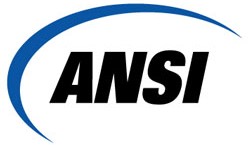
ANSI (American National Standards Institute) approves standards submitted by established committees in any given industry. Wiley X is proud to be a part of 3 separate ANSI committees and has a key role in the development and continued evolution of these standards. ANSI Z87.1 is the American National Standard for Occupational and Education Personal Eye and Face Protection Devices. It contains performance specifications, and markings of eye and facial safety products — setting the standards they must meet for protection and optical clarity.

ISO 9001 is a globally recognized standard which outlines the requirements needed to implement a Quality Management System (QMS) in any given organization. The QMS is a set of policies, processes and procedures required for planning and execution of production, development and service within the core business area of an organization. (i.e. areas that can impact the organization's ability to meet customer requirements.) The Wiley X, Inc. QMS integrates the various internal processes within the organization and provides a process approach for project execution. The Wiley X, Inc. QMS enables us to identify, measure, control and improve the various core business processes that will ultimately lead to improved business performance and customer satisfaction.

OSHA's mission is to "assure safe and healthy working conditions for working men and women by setting and enforcing standards and by providing training, outreach, education and assistance". By law, employers must provide their workers with a workplace that does not have serious hazards and must follow all OSH Act safety and health standards.
OSHA also sets standards for PPE. Personal protective equipment is addressed in specific OSHA standards for general industry, maritime, and construction. OSHA requires that many categories of personal protective equipment meet or be equivalent to standards developed by the American National Standards Institute (ANSI). This section highlights OSHA standards and documents related to personal protective equipment.
US Federal OSHA 1910.133(B)(1)(i) ANSI/ISEA Z87.1-2010, Occupational and Educational Personal Eye and Face Protection Devices, incorporated by reference in § 1910.6

V0 ballistics standards consist of frames and lenses being impacted with a .15 caliber projectile traveling 640-660 fps, or a goggle frame and lens with a .22 caliber projectile traveling 550-560 fps.
Wiley X eyewear models that are part of the Authorized Protective Eyewear List (APEL) are tested to the Alpha version of the V0 ballistics standard which consists of a spectacle frame and lens being impacted with a .15 caliber projectile traveling 700-725fps, or a goggle frame and lens with a .22 caliber projectile traveling 580-590fps. Both tests are meant to simulate shrapnel that may be encountered on the battlefield.
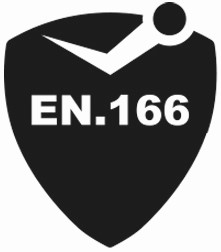
EN.166 is the European certification for personal eye protection. When a piece of eyewear is EN.166 certified it generally means that it is a piece of safety eyewear.
The correct term is actually EN.166 personal Eye Protection European Standard, but is normally referred to as EN.166 or EN.166. It is the core technical industrial safety norm in Europe for eye protection applying to all types of individual protection of the eye which protects from hazards likely to damage the eye, except for nuclear radiation, x-rays, laser emissions and infrared emitted by low temperature sources.
EN.166 is often the minimum required certification regarding eyewear in Personal Protective Equipment (PPE).
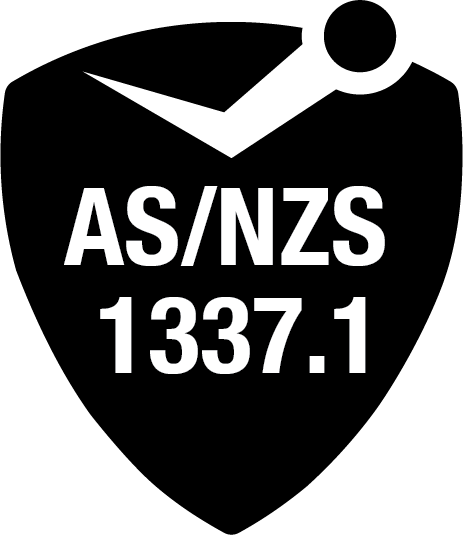
Wiley X models meet the AS/NZS 1337.1-2010 standards. This standard specifies minimum requirements for non-prescription eye and face protectors and associated oculars designed to provide protection for the eyes and faces of persons against common occupational hazards such as flying particles and fragments, dusts, splashing materials and molten metals, harmful gases, vapours and aerosols.
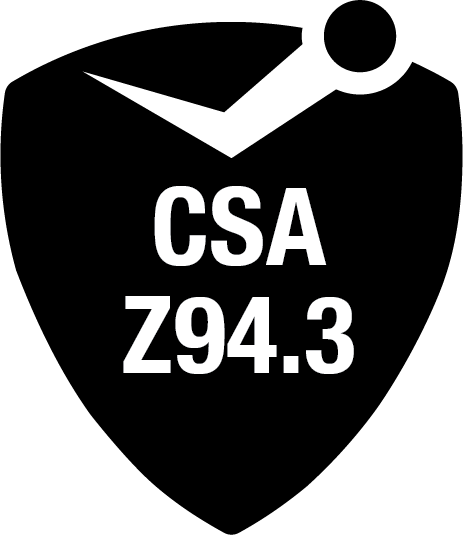
Wiley X models meet Canadian CSA Z94.3 standards. This standard relates to eye and face protectors for industrial and educational processes. Hazards covered by the standard include: flying particles/objects, heat/sparks, chemical splashes, molten metal, UV, visible and infrared radiation. Requirements are outlined for impact resistance, ignition/flammability requirements, replacement components, clear zero-power lenses, prescriptionprotective eyewear, zero-power filters and zero-power special-purpose lenses.
GET YOUR FREE PAIR OF WILEY X EYEWEAR
For qualified group or agency purchasers of eyewear. Special Government pricing available. For individual eyewear purchases, use your ID.me credentials at checkout.
